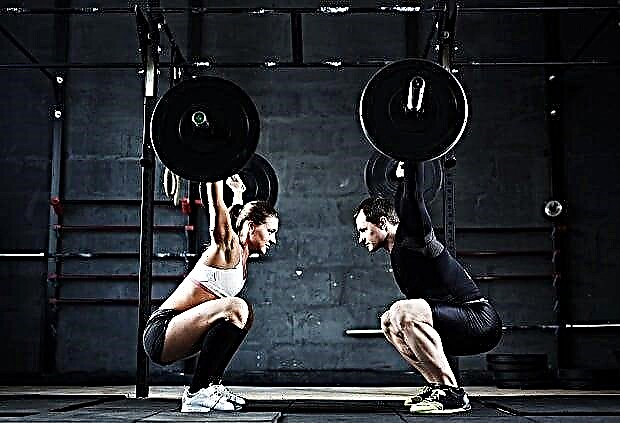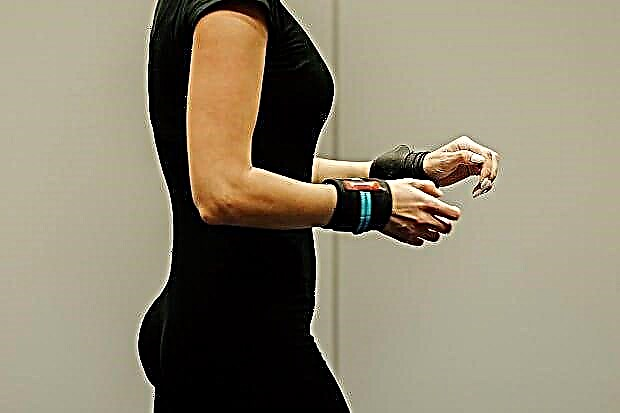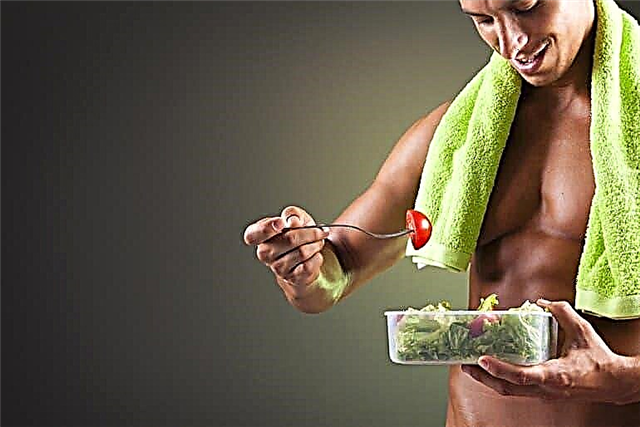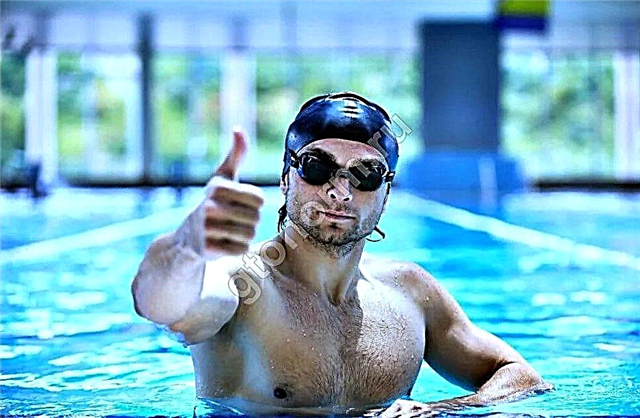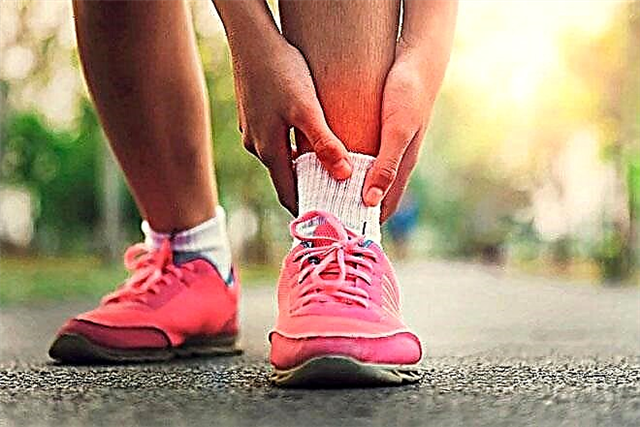Every person who wants to learn how to swim for a long time and with pleasure should know how to breathe correctly when swimming. Breathing is the most important component of any technique and affects many factors: the adequacy of the load on the body's vital systems, endurance, speed of movement, comfort and even entertainment.
In this article, we'll take a look at how to breathe properly when swimming in a pool of different styles. Recall that there are 4 sports types of swimming in total - crawl on the chest, on the back, breaststroke and butterfly.
Let's start with a detailed analysis of the reasons why it is so important to learn how to breathe correctly while swimming. This will give you more motivation to study the following sections thoughtfully.
Why do you need to be able to breathe correctly?
So, what does proper breathing affect when swimming in the pool:
- Speed in mastering the technique of each style;
- Swimmer's endurance level;
- For the coordination of the athlete in the water-air space and the correct position of the body in the water;
- On the correct distribution of the load on the cardiovascular, respiratory systems, as well as on the spine. When breathing is set correctly, it is easier for the heart and lungs to work, this is understandable without explanation. But where does the spine? It's simple. If the athlete does not know how to breathe correctly, then during the movements he will strain his neck to keep his head above the surface. As a result, he will quickly get tired and overload the spine.
- On the performance indicators of the training and the personal result of the swimmer;
- For the comfort of an athlete, because if he has the correct breathing technique when swimming, then it is easier and easier for him to train, he gets tired less, swims further. Remember, the pleasure that a person gets from playing sports is the main motivating factor for their further continuation.
- For the spectacularity of the movements. We've all seen sports swimming competitions on TV, and some of them live. Agree, swimmers' movements look very nice, rhythmically. If they had not the correct breathing technique, believe me, everything would not look so impressive.
We hope we have convinced you that it is necessary to learn to breathe correctly while swimming in the pool. Moreover, this part of the technique should be given no less attention than the mechanics of movements with arms and legs.
Next, we'll show you how to learn how to breathe properly while swimming. Let's start with general recommendations, and then move on to an analysis, specifically, of each style.

General aspects of breathing
Remember the main points that are followed in each swimming style:
- The exhalation is always carried out into the water;
- Breathe in with the mouth and exhale with the nose and mouth;
- Breathing should be more powerful and intense than we do in life. The pressure of water on the chest is much higher than that of air, so you need to exhale with all your lungs, and inhale loudly, so that you can hear the sound of inhalation.
- When you swim, breathe correctly and sharply and quickly so that the liquid does not get into the nasopharynx, and also, in order to catch the required cycle of movements, inhale and exhale;
- You should breathe rhythmically, without pauses. Holding your breath is never allowed. Breathe in sharply, and exhale throughout the entire phase of finding the face in water.
- The athlete must perfectly correctly perform the technique of movements of the chosen style. Only in this case will he be able to achieve coordinated work of the whole body.
How to breathe while crawling on your chest?
In this style, the face is almost constantly immersed in water, while the breath is taken at the moment when it emerges for a short time, but is still very close to the surface. Breathing is coordinated with hand movements.
At that moment, when one goes down under water, and prepares to come to the surface, the second carries out an influx forward. At this time, the athlete lies with his ear on the front shoulder, turning his head to the side and taking a breath. In this phase, his gaze is directed towards the hand under the water. When the latter comes out of the water and rushes forward for a stroke, the head turns face down, the swimmer begins to exhale through his mouth and nose.
Allocate unilateral and bilateral breathing. The first implies inhaling under the same hand, the second - alternating. The latter is more preferable, since it develops the necessary symmetry of movements, uniformity of rotation of the body, and improves the power of the stroke.
Every swimmer should know how to train bilateral breathing for swimming, there are special exercises for this. By the way, this skill is a must in professional sports.
Possible mistakes:
- Small head turn due to insufficient body turn. As a result, the swimmer is forced to twist the neck, which quickly gets tired and overloads the muscles;
- Too much head turn (when the athlete manages to see the ceiling). As a result, the body rotates too much, which leads to loss of balance, wobble and increased water resistance;
- An ideal face turn is when the lower eye is below the water line and the upper eye is higher. The nose practically touches the edge. At first, instinct will force you to try to emerge harder, but in the future, you will automatically and intuitively learn the required radius.

How to breathe while crawling on your back?
Let's take a quick look at how to breathe properly when you are backstroke. As you can imagine, the head does not dive in this style, so swimmers breathe in and out in the air. By the way, this is the only sporty style in which the "inhale-exhale" system is configured in any mode. Depends on the comfort and pace of the athlete. Professional trainers recommend breathing for each stroke of the hand - right-inhale, left-exhale, etc.

How to breathe while swimming breaststroke?
Next, let's find out what is the correct breathing during breaststroke swimming:
- In the third phase of the stroke, at the moment of return, when the arms gather under the water at the chest and are brought forward to reach the surface, the upper body rushes up. The head comes up and the swimmer takes a quick and deep breath;
- Then the arms open up and make a powerful stroke, while the head is again submerged in the water;
- The swimmer begins to exhale during the kick and forward slide phase.
The most common mistake many beginners make is trying to breaststroke without submerging your face in the water. Remember, you can't swim like that, and in general, this technique has nothing to do with breaststroke. This is an recreational type of swimming in which the neck and spine are very stressed.
We recommend watching training videos on how to breathe correctly when swimming in different styles. There are a lot of such videos, for example, on YouTube or Vkontakte.

How to breathe while swimming in butterfly style
In conclusion, we will analyze how to breathe correctly in the water when swimming with butterfly - the most technically difficult and energy-intensive style.
As in the crawl on the chest, breathing here is associated with hand movements. The breath is taken at the moment when the swimmer dives out, opening his arms for a wide stroke. At this time, the head rises with its face forward, the mouth opens. Breathe in immediately when the face comes up. It even seems to the viewers that the athlete moves underwater with his mouth open. It is important to complete your inhalation before your hands touch the water surface. At this moment, the face leans towards the water, and if the swimmer did not have time to complete his inhalation, he can draw water with his nose. The exhalation begins immediately after immersion, and is stretched for the entire cycle of the remaining phases of hand movement.
The "inhale-exhale" link is performed for every 2nd cycle of the technique. Advanced swimmers, with proper butt-swimming breathing training, can breathe in 2-3 cycles, which allows them to gain speed. However, this style is already complex enough to push the load even further. If you are not preparing for an official competition, believe me, you have nothing to learn this skill for.

Well, we told you how to breathe into the water correctly when swimming in different styles. We recommend reading the information on breathing exercises for mastering breathing in swimming. They are aimed at increasing the volume of the lungs, acquiring the skill of rhythm and power of breaths, teach not to be afraid to swim with your face lowered into the water.
Be sure to learn to breathe correctly, and spend as much time on this skill as on the rest of the technique. Only in this case, swimming will bring you joy and satisfaction.


